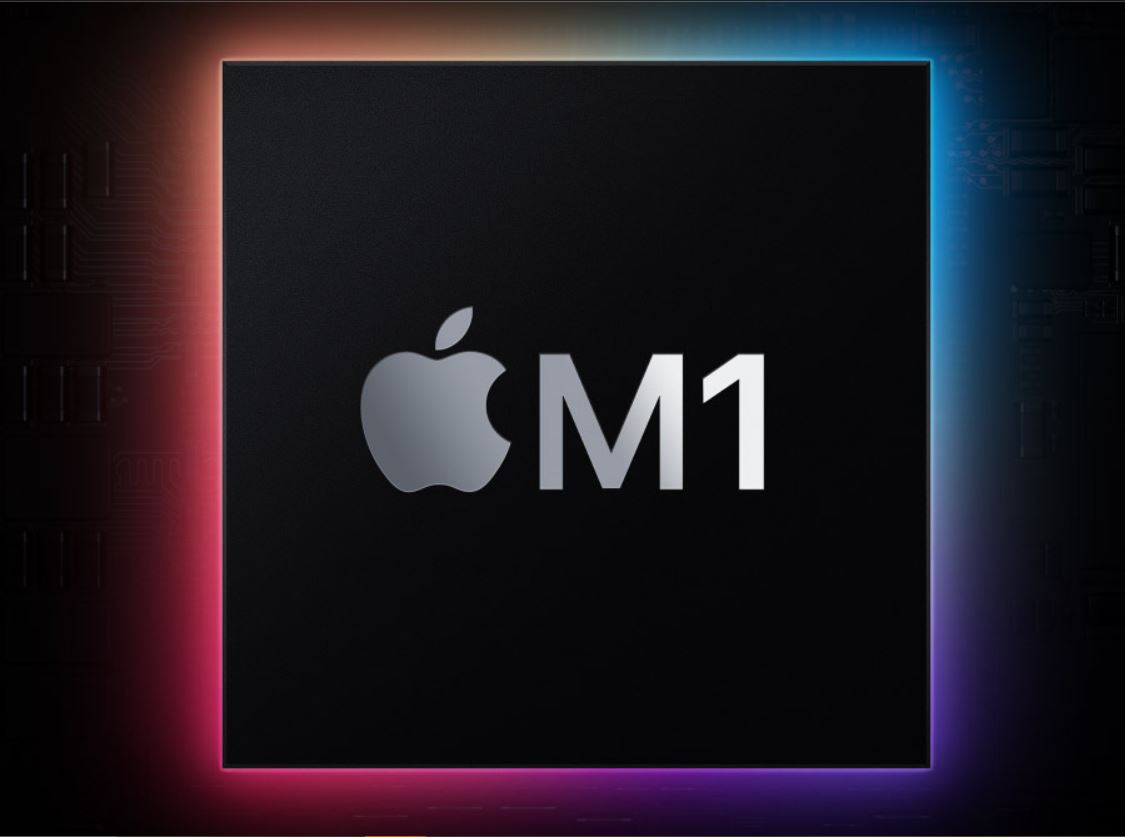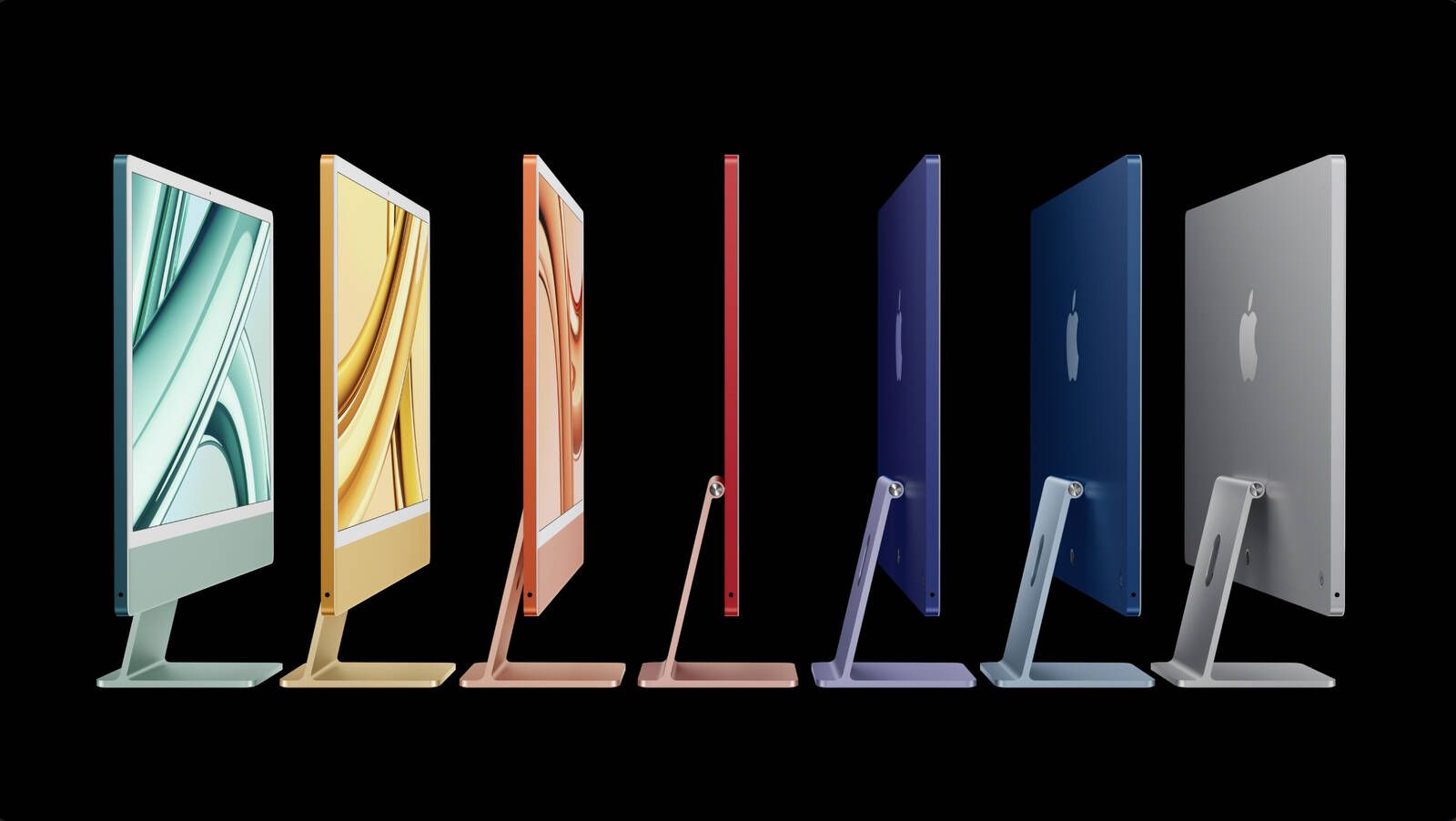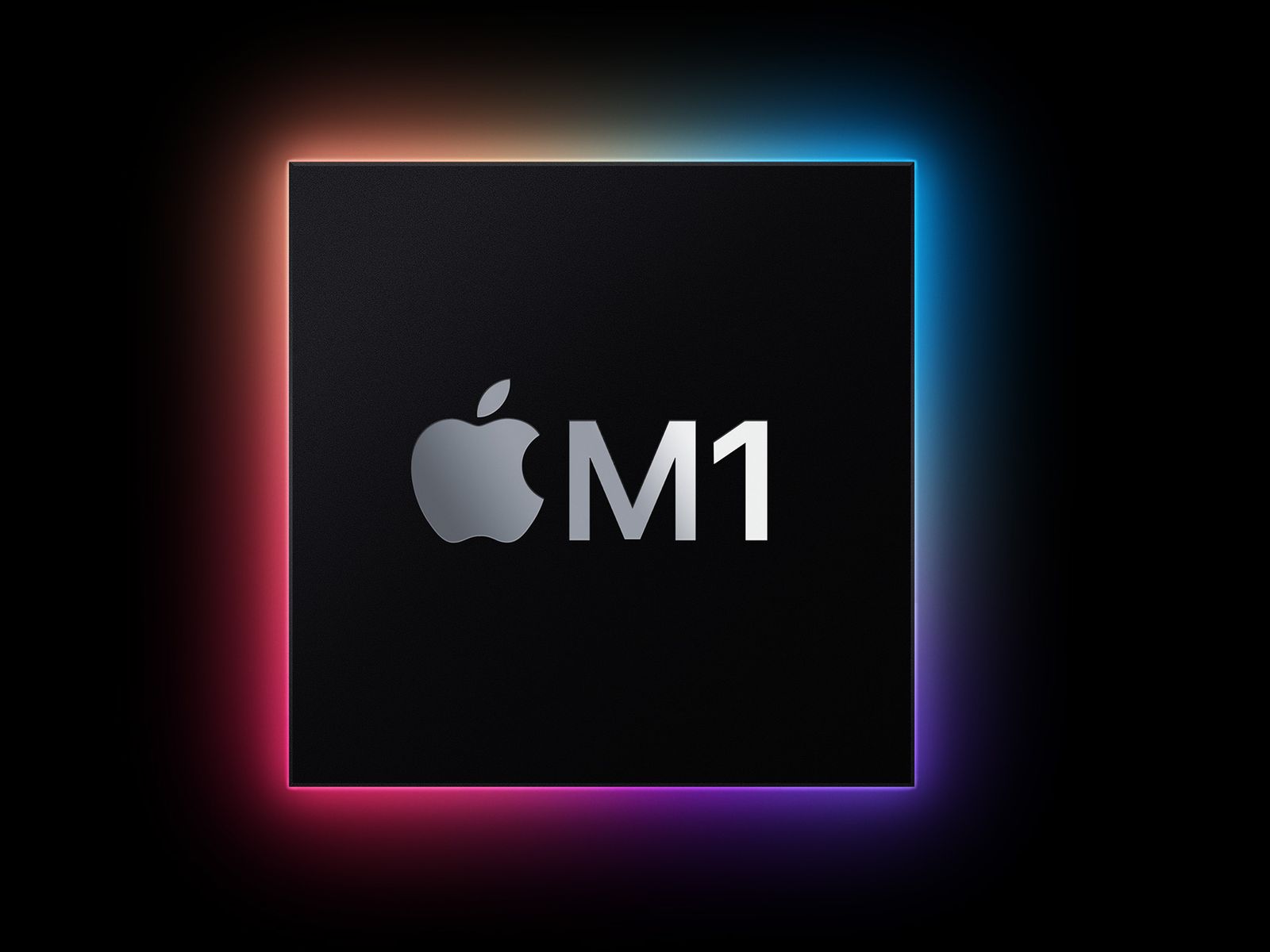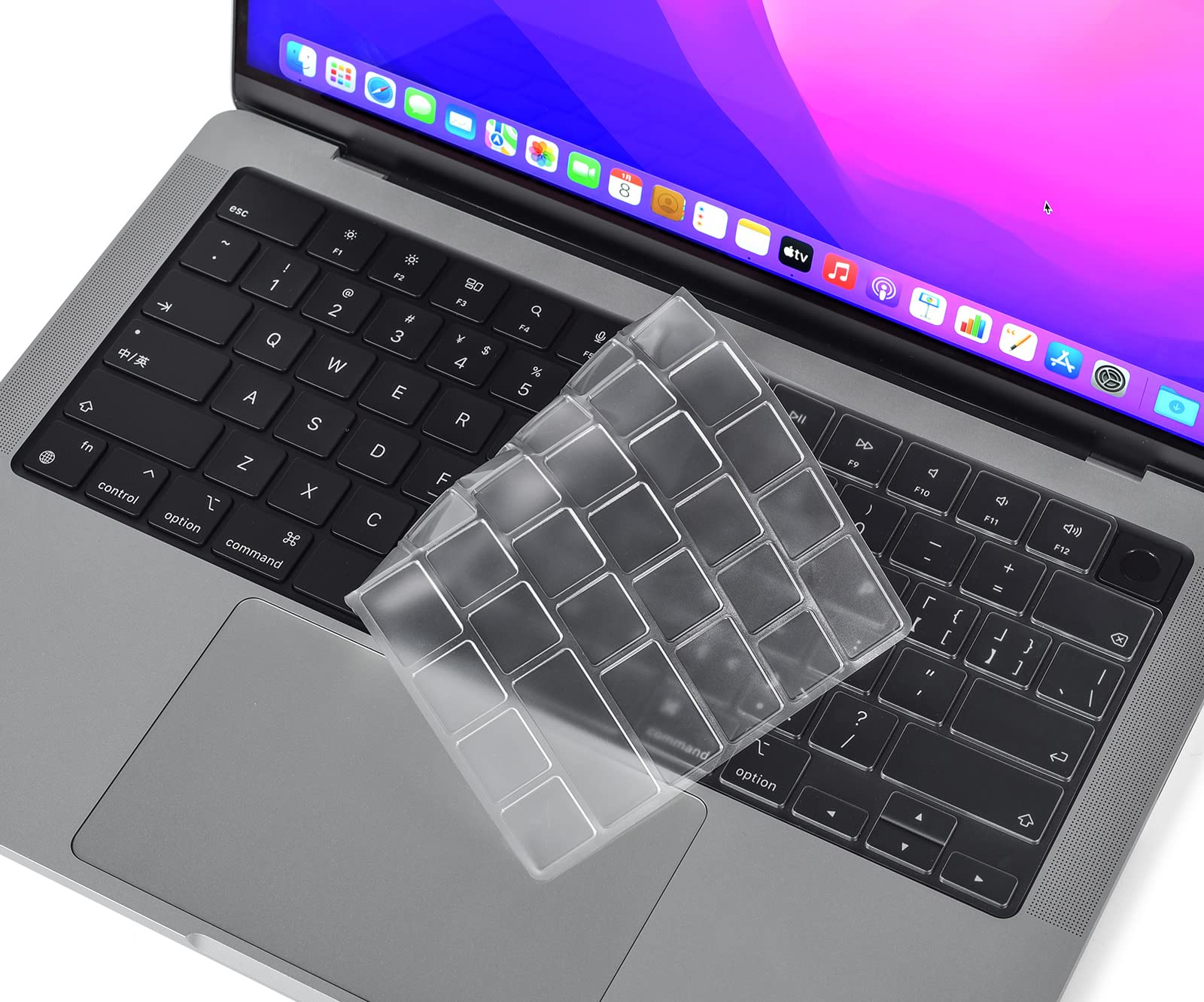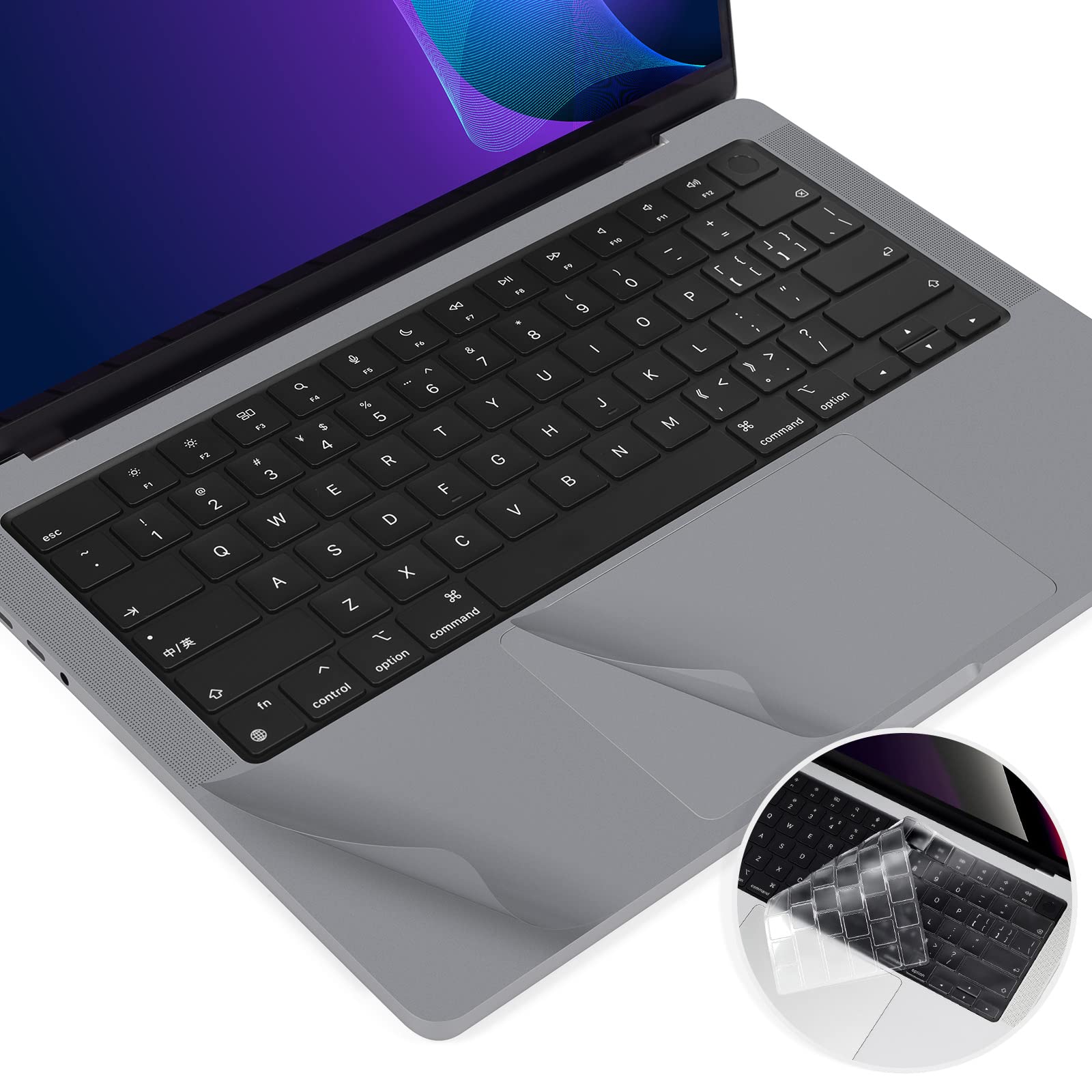Apple has thrown its hat in the ring, looking to knock out the other CPU processors in the game. The brand has finally come out with its new Apple M1 chip, a bonafide Apple ARM processor. It promises lightning-speed performance unlike any of its kind.
This guide will walk you through the blow-by-blow fight of the rookie Apple M1 chip against the industry veteran Intel. If you’re planning on making the Apple switch or just want to know more about how it works and what you can get out of it, read on, and we’ll dive in.
What Is the Apple M1 Chip?
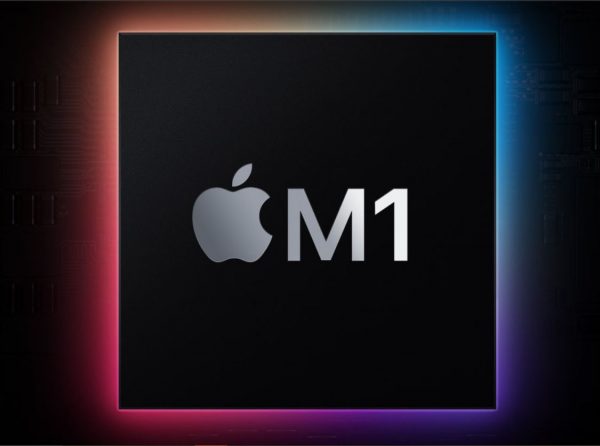

Gone are the days of Intel and Apple living in harmony now that Apple plans to remove Intel chips off their computers. They now have their own ARM silicon processor, describing itself as a system on a chip (SoC). Its purpose is to replace the Intel chips currently on Macbooks.
Your typical heavy-powered workstation or machine has the CPU and GPU separate to accommodate more processing power. Then, it is teamed up with various computer elements such as memory, cache, and storage. But with the M1 SoC, you’d only need this one mighty chip as it can handle all the processing and graphics output.
The Apple M1 chip also has built-in unified memory storage, with a maximum of 16 GB RAM, which is already extremely impressive. Akin to the A14 chip found in the iPhone 12, the M1 chip uses a 5-nanometer (nm) production process. This is probably the best-performing chip Apple has ever made. It boasts 3.9 times faster video processing and 7.1 times faster image processing.
The integration of all these components expedites tasks and promotes better productivity for everyday Mac users.
How Does the Apple M1 Chip Work?
Just like other Intel Core processors, machine learning and artificial intelligence played a significant role in the success of the Apple M1 chip. To handle AI tasks, it has its own specialized neural engine with 16 processing cores. The neural engine is a Mac application that speeds up machine learning activities such as speech recognition, image processing, and many more.
According to Apple, when compared to the Intel-powered MacBook Air, the M1-chipped MacBook Air can handle machine learning tasks nine times faster.
The Apple M1 chip promises a lot, but evidenced by rave reviews by loyal Apple customers since it was made available last year, 2020, it seems like it’s living up to its potential.
What Does the Apple M1 Chip Offer?
The M1 chip may talk a good game, but do they really walk the talk? With Apple M1’s 8-core GPU, 8-core CPU with four performance cores and four efficiency cores, and a 16-core Neural Engine including unified memory up to 16 GB, what do you really get?
Longer Battery Life with the M1 Chip
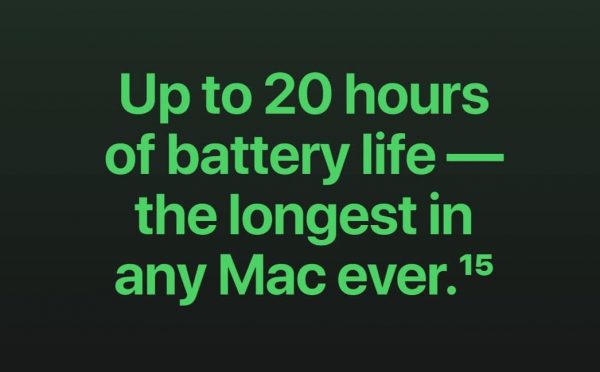

With the integration of multiple computer elements into one silicon ARM processor, computations and processing are done more efficiently. But what does this tremendous speed sacrifice? Well, not the battery life!
The M1 chip is more efficient in preserving battery life compared to any other Mac machines Apple has launched. In M1 Macbook models, the chip enables the computer to last up to 17 hours when doing basic tasks like browsing the internet and up to 20 hours of battery life when watching films using Apple TV.
Faster Processor
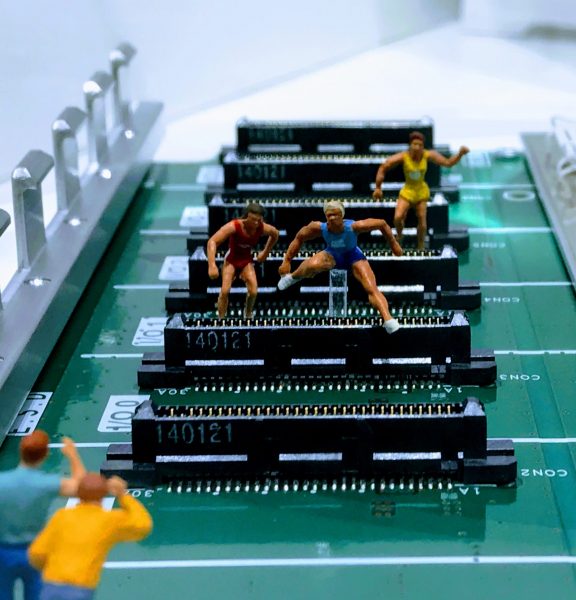

Intel Core has been the household name in the industry for mobile-chip performance, but being unrivaled for so long can cause some lapses when it comes to innovation. Now Intel is facing off with AMD and the Apple M1 chip as both outperform Intel’s 10th Gen products in efficiency tests.
The Apple M1 chip features an 8-core CPU integrated with an 8-core GPU, boasting a GPU performance six times faster with up to 3.5x faster CPU than any of its competitors. The chip is designed to outperform competitors in all performance excellence levels, whilst only using 25% of its battery life.
M1’s 16-core neural engine can do 11 trillion actions per second for up to 15x faster machine learning execution compared to the previous generation of models that have moved to the M1.
New Security Features in the Apple M1 Chip


One of the great features the Apple M1 Chip has is the combination of new security issues, providing more protection for Mac users. The new M1 MacBook models no longer have the T2 chip as the system that supported its security functionality is fully baked into the Apple M1 chip. This includes Face ID authentication.
The M1 Chip sports the newest generation of Secure Enclave, a top-grade storage controller with AES encryption tool and hardware‑verified secure drive. According to Apple, it has developed new security protections rooted in the code execution design of M1.
Rosetta 2
With Apple’s transition to their own M1 ARM processor from Intel chips, came Rosetta 2. Rosetta 2 is an emulator that allows applications designed for Intel hardware to continue running on M1 Chip-powered machines.
Various applications are developed to run on certain processors and with the Apple M1 Chip being relatively new to the game, not all developers have made the move to make their programs run smoothly or natively on M1. Here’s where Rosetta 2 comes in and mediates the two parties.
In most cases, running apps on an emulator takes a serious toll on the overall performance and speed of the machine. But not in the case of M1-powered Macs. Thanks to Rosetta 2, the translation of these kinds of apps runs seamlessly in the background.
Apple M1: MacOS Monterey New Features
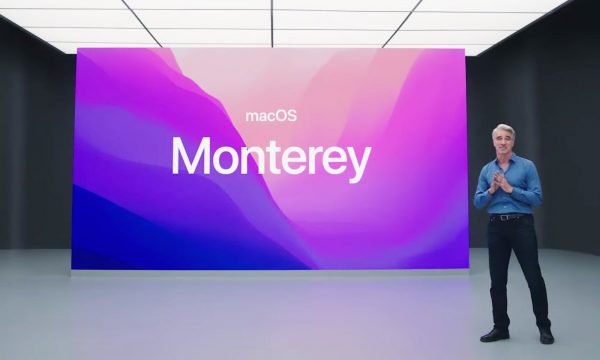

In Apple’s latest rollout of new Mac computers, it will completely move Intel out of the picture as all the models will be equipped with the M1 Apple Silicon. This divorce will indefinitely affect Intel Macs as it won’t be able to run some of the features of the new macOS Monterey.
The macOS Monterey is an update to Apple’s desktop operating system coming this fall. The update houses exciting new features that will improve your Mac user experience.
FaceTime Portrait Mode
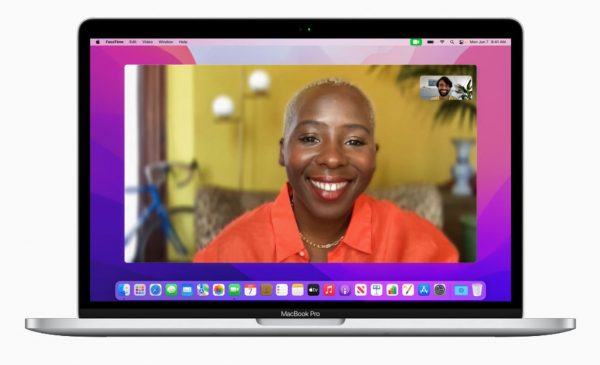

One of the most frustrating things about working from home is the mess of a background that is your pandemic cave that seems to be a staple in meetings. Well, good thing the macOS Monterey comes with a new feature called Portrait Mode.
Portrait Mode automatically blurs your background and leaves a sharp focus on your face when you’re using Facetime. This new feature is exclusive to M1-powered Macs — so, if you’re still using your Intel Mac, there’s no hiding from what’s on your background during your FaceTime chats.
Spatial Audio on FaceTime


As work from home continues, virtual meetings will more or less become part of a typical workday for years. Apple has opted to make FaceTime an optimal place for virtual meetings with a series of new features in M1 Macs. One of the great features is spatial audio support in FaceTime.
With spatial audio, you’d feel like you’re in a room with your colleagues with voice isolation enhancements such as reducing background noise. This feature will make it easier to determine the person speaking as it will make it seem the audio is coming from the person’s portrait.
Live Text Feature
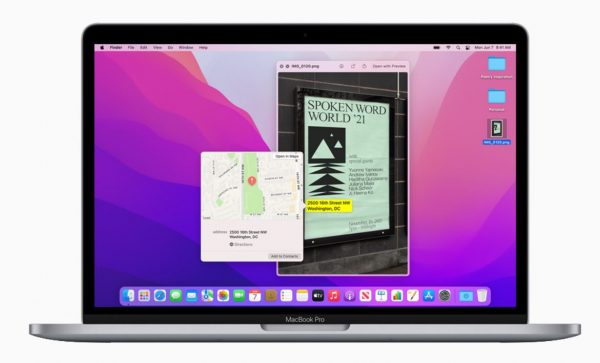

Remember the times you took pictures of your lecture on the board and had to transcribe every letter to your computer? Well, those unnecessary labor-intensive tasks will be a thing of the past, thanks to a new Apple update in the iOS 15, which is also included in the macOS Monterey. New M1 Mac users with the macOS Monterey will be in for a surprise with the Live Text feature.
The Live Text feature will allow users to copy-paste text from an image to their device, translate words from seven languages, and detect different scenarios and objects in your photo in real time. This feature takes advantage of machine learning technology that uses automated optical character recognition to identify almost everything on your screen.
The Live Text feature brings a different kind of convenience to its users and is one of the most anticipated tools in the new Apple OS update. This feature empowers users to interact with written text in an image with ease and instant results. You can know the exact navigation details when you click the address on an image and even add them to your address book automatically.
New AR Object Capture
Apple M1 Mac adopted a new augmented reality (AR) Object Capture feature giving developers and users a chance to turn two-dimensional objects photos into realistic 3D models easily. According to Apple, the iOS 15 and macOS Monterey makes the process of capturing and rendering 3D objects more efficient as it will now take only a few minutes.
The new AR Object Capture feature opens a lot of doors for developers looking to code apps in new frameworks. As the augmented reality world expands, Apple continues to innovate to equip users to keep up.
Dictation with No Time Limit
If you’re using previous-generation Macs, you know one of the most annoying things about their dictation feature is how it’s limited to only 60 seconds. It’s definitely frustrating if you are on a roll and your Mac can’t match your energy, right? Well, speak for yourself, non-M1 Mac user!
The new Apple M1 Macs with the macOS Monterey has officially removed the 60-second time limit on its on-device dictation feature. Your words can finally flow like the ever-flowing river it is with the M1 Chip on your device. The dictation feature on M1 Macs lets you do all your voice-to-text tasks pain-free without the time limit and completely offline.
Interactive 3D Globe Feature on Maps
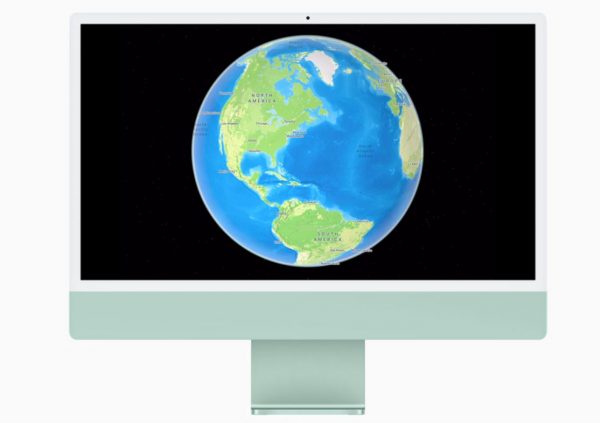

One of the many features non-M1 Mac users are missing out on is the interactive 3D globe feature on Maps. This new feature will open users to the beauty of the world, showcasing impressively 3D rendered deserts, mountain ranges, forests, and oceans all over the globe.
Apple M1 Macs will allow you to explore cities with incredibly detailed city maps of New York, Los Angeles, San Francisco, and London in their new “city experience.” Traveling in a pandemic can be problematic, but Apple makes it work for their users as they will continue adding more cities to feature on their city experience.
New Siri Languages
In M1 Macs, Siri, your favorite virtual assistant, is also given an update in the macOS Monterey.
Siri adopted new languages to make your Apple experience more sincere and genuine with mixed English and Indic languages support. This new feature allows Siri to support its user in Telugu, Kannada, Marathi, Tamil, Bengali, Gujarati, Malayalam, and Punjabi.
The macOS Monterey also added the following languages to the neural text-to-speech voices in the M1 Macs:
- Danish
- Swedish
- Finnish
- Norwegian
Apple M1 Chip vs. Intel Chip
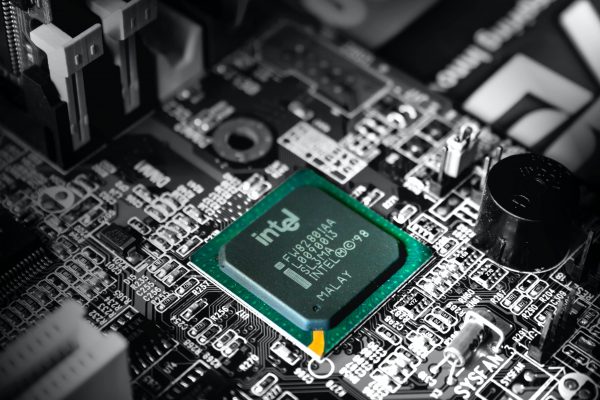

On the right corner, we have an industry-leading, tried, tested, and trusted processor: Intel chip! And on the left corner, fighting to take the belt, rookie sensation: Apple M1 Chip! Who will win the title for the best computing chip for Macs? Is Apple’s move to Apple Silicon worth it, or will it suffer a deadly blow?
Battery Performance
First round: battery performance! The Intel chip is on the ropes on this one. The M1 chip boasts up to 20 hours of battery life for M1 Mac users. This is opposed to Intel Mac’s 10-hour offering.
The average M1 Mac user can enjoy double the free-wire experience with the M1 chip. This surpasses the battery longevity of Intel-powered Macs and most devices in the industry right now.
GPU Performance and Cooling
Time for the second round: the battle of the GPUs! It seems the M1 chip beat the Intel chip to the punch with its impressive 8-core GPU.
Apple says M1 Macs are 2.8x more efficient compared to previous generations. (For instance, Intel Macs with the 8-core GPU coupled with its 8-core CPU.) Apple M1 includes superior performance when it comes to optimizing high-resolution videos and images, compiling code, and many more. In a Geekbench 5 test, the M1 MacBook Pro scored 19,423 on average in GPU performance. This is for activities like gaming, video editing, and image processing. On the other hand, the Intel MacBook Pro scored 8,707.
In terms of cooling, nothing much changed between the M1 chip and Intel-powered Macs. In the MacBook Pro, both the M1-powered and Intel-powered machines don a copper wire. This carries heat away from the processor to a heatsink, where a fan pushes out the hot air.
However, the M1 MacBook Air no longer has a single cooling fan and is replaced with an aluminum heat spreader. This change requires less maintenance, a quiet operation, and has a decreased risk of mechanical failure.
Graphics


These days, graphics make or break a device’s performance. It’s one of the most important factors to consider when getting a new laptop or gadget. In this round, the Apple M1 GPU delivers a blow to the Intel chip’s Iris Plus Graphics 655.
Based on gaming and synthetic evaluations, the M1 chip exceeds Intel in graphics performance. According to results from Geekbench 4, there is a 184% difference in favor of the M1 GPU, trumping the Iris Plus Graphics. Overall, Apple M1 Macs are superior when rendering graphics. They produce a more refined picture with less distortion and noise.
Memory
Saved by the bell, Intel wins the fight for the memory and storage fight against the Apple M1 chip.
Macs with the M1 chip have a maximum of 16 GB RAM unified memory and 2 GB SDD. Learn more about what RAM is for a better perspective. While the memory of Intel-chipped Macs extends up to 32 GB with up to 4GB SDD. Intel’s more extensive memory is definitely favorable to people working with large files and comprehensive applications on their machines.
Pricing
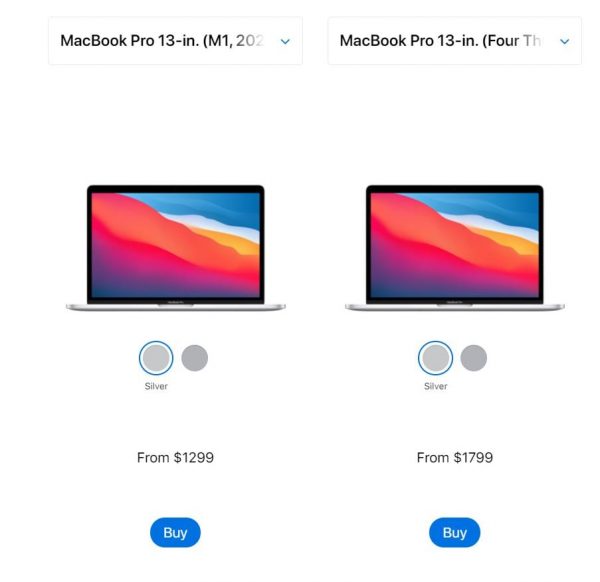

And for the final round: pricing! For this, we’re looking at the MacBook Pro 13-inch 2020. One with the M1 chip and the other with the Intel chip.
The MacBook Pro 13-inch is one of the most popular Mac models in the Apple Store. People on the go prefer the 13-inch model because its convenience does not sacrifice performance.
Right off the bat, M1 MacBook Pro 13-inch wins the pricing in a knockout value as opposed to the Intel MacBook Pro.
Apple M1 Chip: Is It Worth the Wait?
So, is the Apple M1 Chip worth the wait? After years of Intel-powered Macs, does Apple have what it takes to knock down industry veterans? The unanimous decision is yes!
The Apple M1 chip has won the champion belt from Intel with its exceptional overall performance. It overtakes benchmarks after benchmarks for editing, gaming, battery life, and added features. Though it is worth noting that Intel Macs can be a better choice in different scenarios, the benefits and gains you get from the M1 chip make it the best choice for you.
Apple will release the M1 chip throughout their MacBook models this 2021. And if you want something bigger and better than the 13-inch MacBook Pro, don’t fret! Other M1-powered Macs are coming. Good things come to those who wait.







